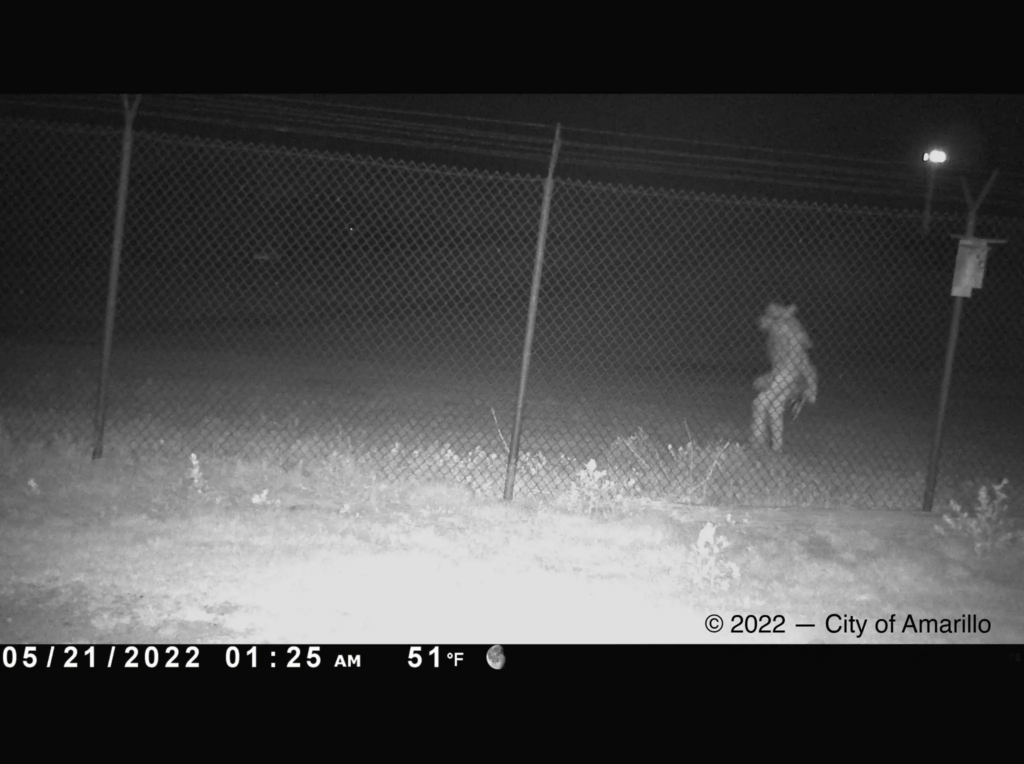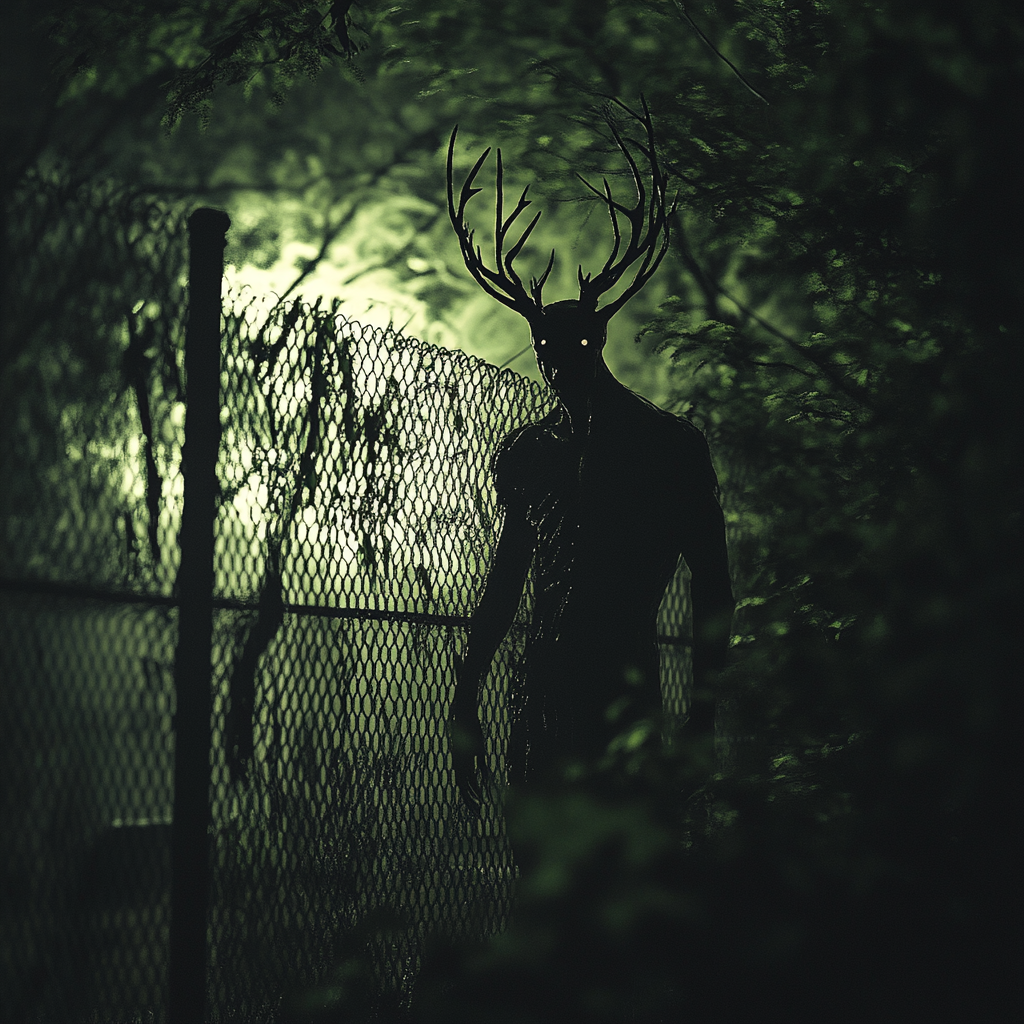Texas is no stranger to stories of mysterious fringe creatures, from the infamous chupacabras to the East Texas Woolybooger. Recently, a new mystery has emerged near the Amarillo Zoo, sparking debates and curiosity among locals and enthusiasts alike. Could it be a sighting of a Wendigo?
Understanding the Wendigo
The Wendigo is a creature deeply rooted in Native American folklore, often described as an emaciated figure with a skull and antlers for a head. These beings are said to be humans who, driven by extreme hunger, turn to cannibalism and transform into monstrous entities. The Wendigo is known for its insatiable appetite for human flesh and is considered a harbinger of doom.
The Amarillo Zoo Sighting

In June 2022, a mysterious creature was caught on camera near the Amarillo Zoo. The footage shows a small, humanoid figure standing near a fence. This sighting has led to numerous theories, with some suggesting it could be a Wendigo or a Native American skin-walker. Skinwalkers, according to Navajo legend, are witches who can transform into animals.
According to KFMC, the creature in the footage appears child-sized, but its gaunt frame and eerie presence have led many to speculate about its true nature. The debate centers around whether it is a Wendigo, a skin-walker, or merely a person in costume. Despite the lack of clarity, the sighting has captivated the imagination of many.
Historical Context and Folklore
The Wendigo has been a part of Native American folklore for centuries, particularly among tribes in the Great Lakes region and along the Atlantic Coast. It is often described as a tall, thin, and emaciated figure with ashen flesh, sunken or glowing eyes, and sharp fangs and claws. Its lips are said to be chewed or entirely missing due to its cannibalistic tendencies. According to Britannica, the Wendigo can grow up to 15 feet tall and is associated with winter and cold weather, often possessing supernatural powers over the weather.
Sightings and Evidence
Throughout history, there have been numerous reported sightings of the Wendigo. One of the earliest recorded sightings was by a French explorer named Paul Le Jeune in the 1600s, who described a “devilish creature” as tall as a tree with a lipless mouth and jagged teeth. Another historical sighting involved a group of Ojibwe hunters in the late 1800s who encountered a creature as thin as a skeleton with sunken eyes and long, yellowed fangs.
In more recent times, there have been occasional reports of Wendigo sightings. In 2019, mysterious howls were reported in the Canadian wilderness, believed by some to be caused by the Wendigo. In 2015, a group of hikers in Minnesota claimed to have seen a creature matching the description of the Wendigo, describing it as emaciated, covered in matted fur, with sunken eyes and sharp claws.
Cultural Significance and Psychological Explanations
The legend of the Wendigo has served various cultural and psychological purposes. Some psychologists believe that the Wendigo represents the dark side of human nature, including greed, selfishness, and isolation. The legend may have originated as a cautionary tale about the importance of community and the dangers of individualism. It is also related to cannibalism, which was practiced by some Native American tribes during times of famine, reinforcing the taboo against eating human flesh.
Spiritual and Supernatural Perspectives
Others believe that the Wendigo is a real entity, a malevolent spirit that possesses human beings and drives them to commit acts of violence and cannibalism. According to some Native American tribes, the Wendigo is a guardian spirit that protects the natural world from human encroachment, maintaining the balance of nature. Despite the lack of concrete evidence, reports of Wendigo sightings continue to surface, adding to its mystique.
Debunking the Wendigo
Despite the many reported sightings and legends surrounding the Wendigo, several scientific explanations can debunk the existence of this creature. One explanation is that the Wendigo is a product of human imagination, born out of the need for caution and survival in the harsh northern wilderness. The stories may have served as a warning to children not to wander too far into the woods and as a way to reinforce the importance of sharing resources and working together for survival.
Another explanation is that many supposed sightings of the Wendigo are simply misidentifications or exaggerations of known animals. For example, some sightings may be of bears or other large predators, while the supposed supernatural abilities of the Wendigo may be exaggerations of real animals’ abilities. Additionally, some sightings may be hoaxes, created for attention or fame.
Conclusion
The mystery creature filmed near the Amarillo Zoo remains unidentified, but it has sparked a renewed interest in Texas’ stories of fringe creatures. Whether it’s a Wendigo, a skin-walker, or something else, this sighting adds another chapter to the ongoing saga of mysterious beings in Texas.

